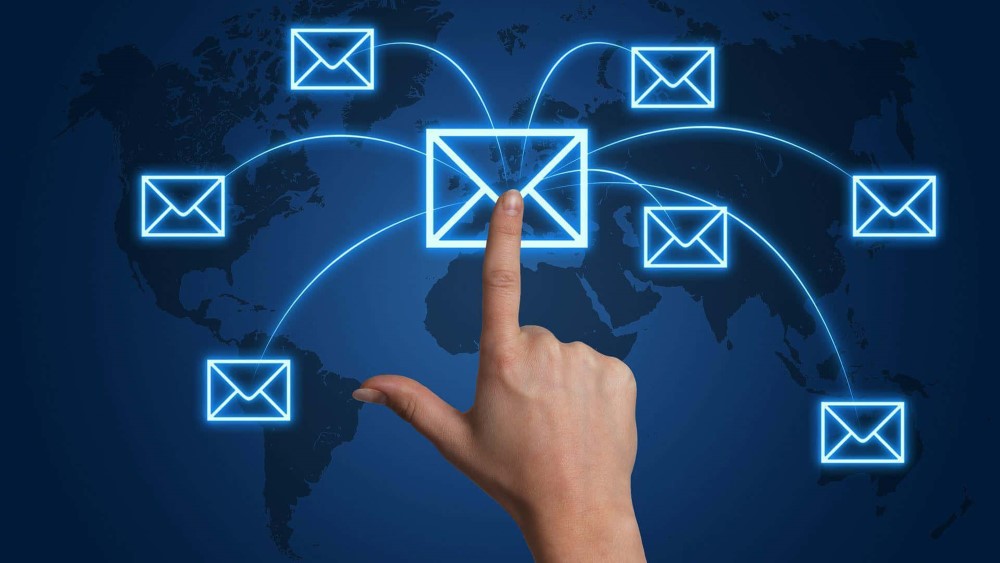Email, an indispensable tool in our digital age, has a surprisingly long history. Its roots can be traced back to a time when electronic communication was in its infancy.
The Telegraph’s Electric Pulse
While not email in its modern form, the telegraph, invented in the 1830s, laid the groundwork for electronic communication. It used electrical signals to transmit coded messages over long distances. This was a significant leap forward from handwritten letters, but it was still a far cry from the ease and efficiency of email.
The Birth of Email
The real genesis of email occurred in the 1960s with the development of early computer systems. Researchers at MIT created a system called MAILBOX, which allowed users to send messages to each other within the same computer network. This was a fundamental step, but email was still confined to limited networks.
AdThe breakthrough came in 1971, thanks to Ray Tomlinson. Working on the ARPANET (the precursor to the internet), Tomlinson sent the first email message between two different computers. Even more importantly, he introduced the now-ubiquitous “@” symbol to separate user names from computer names, forming the basic structure of email addresses we still use today.
The Growth of Email
As the internet expanded throughout the 1980s and 1990s, so did email. The development of protocols like SMTP (Simple Mail Transfer Protocol) standardized email transmission, making it accessible to a wider audience. The rise of personal computers and the increasing availability of internet connections fueled email’s popularity.
The 1990s also saw the emergence of webmail services like Hotmail, which allowed users to access their email through a web browser without the need for dedicated email software. This democratized email, making it accessible to millions of people who didn’t have their own computers.
Email in the 21st Century
The new millennium brought even more significant advancements to email. High-speed internet connections made email faster and more reliable. The introduction of smartphones and tablets allowed people to check and send emails on the go.
Email clients became more sophisticated, offering features like spam filters, organization tools, and integration with other online services. The concept of “inbox zero” emerged, emphasizing the importance of managing email effectively.
Despite the rise of other communication platforms like social media and messaging apps, email remains a vital tool for personal and professional communication. It’s a testament to its versatility and reliability that it has endured and evolved over the decades.
AdThe Future of Email
While email has come a long way, its evolution is far from over. Emerging technologies like artificial intelligence and automation have the potential to transform email even further. We can expect to see improvements in spam filtering, email organization, and even email composition.
As our digital lives become increasingly complex, email is likely to remain a cornerstone of communication. Its ability to adapt and evolve ensures its continued relevance in the years to come.


